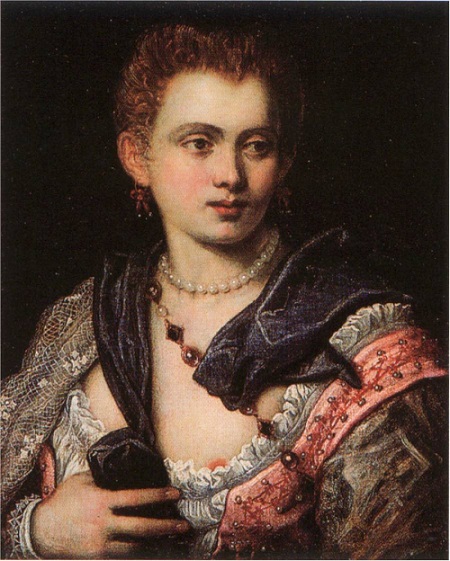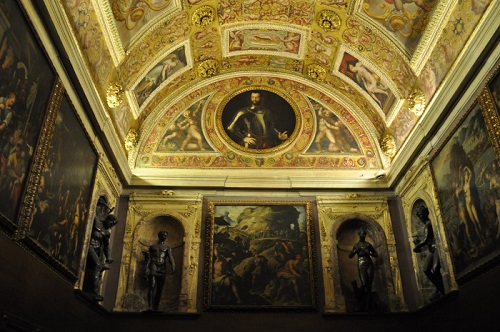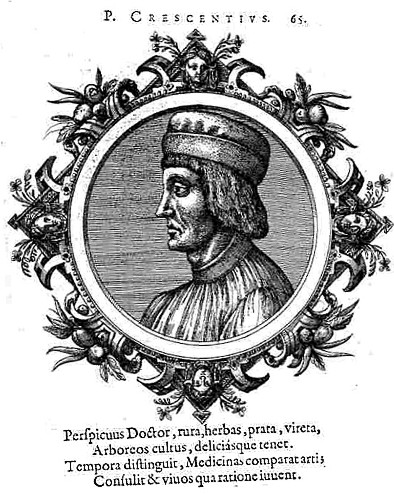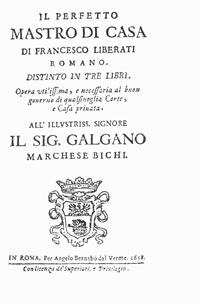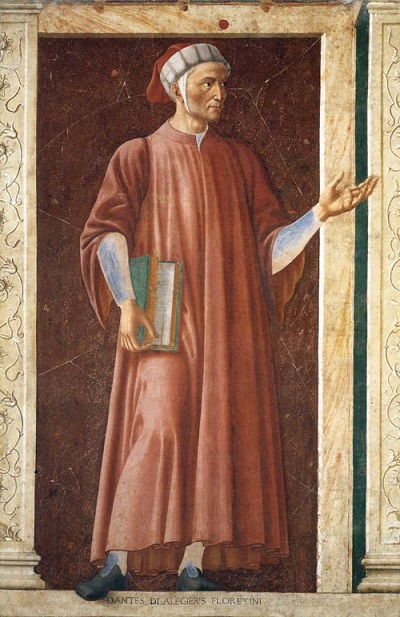
The age of Dante Alighieri (1265-1321) was profoundly marked by the decline of the Order of the Knights Templars, and above all by the series of persecutions, imprisonments and condemnations to which the Order was subjected following its interdiction by the King of France, Philip IV, and Pope Clement V. These events had a powerful impact upon Dante, who denounced this injustice before the political powers of the day. He went so far as to take part in an event in Florence that was a deliberate expression of support for Pope Boniface VIII, who in 1302 had been denounced as a heretic by the États Généraux summoned by Philip IV; in 1303, the King sent his troops to Florence to hold the pontiff prisoner in Palazzo d’Agnani for three days.
The Templars, who were the pope’s personal guard, were on this occasion supported by the local burghers, including Dante, and managed to free Pope Boniface VIII. However, he died just a month later in rather uncertain circumstances; some even mentioned poison. Philip IV supported the immediate election of Clement V and set about persecuting the Templars, ultimately procuring their total destruction – in spite of the fact that a delegation (of which Dante was a part) had gone to Rome to argue their case before the pope in 1307. It is thought that Dante’s initiation into the social and religious ideals underpinning the Templars came when he frequented their Florentine headquarters at San Jacopo, in Campo Corbolini. In this area, the Templars are credited with the original construction of the church of San Jacopo Sopr’Arno.
The Order aimed to promote, within the Christian faith and thence society as a whole, their ideal of spiritual perfection and temporal justice. To this end, they used poetry, song and the prose works of the Confraternity of Troubadours, advocates of a philosophy of “spiritual love” who were continually at loggerheads with the dominion exerted by Rome. Dante himself was one of the Fidelli d’Amore [The Faithful of Love].
The Confraternity of troubadours and minstrels had spread throughout the whole of Europe. The first traces of it are to be found in the poetry of the 10th and 11th centuries, in courtly praise to the Mother of God and celebrations of the blessings of humanity. In a sense the descendants of the ancient vates (soothsayers) and bards, the troubadours wrote under the guidance of important spiritual masters, producing love songs and satirical lyrics that expressed esoteric truths. In short, they might be described as the ‘mouthpiece’ of the different esoteric Orders that then existed in Europe, and there was a profound relationship between their poetry and the kind of spirituality championed by the Templars.
Disgusted by the bloody destruction of the Order of the Knights Templars, Dante wanted to set the record straight for future generations, giving a masterly exposition of its true aims in his literary masterpiece, La Divina Commedia. It is interesting to note that in his Paradiso, from the third heaven onwards the poet is guided through the heavens towards his vision of God by St. Bernard of Clairvaux, who had been the spiritual father of the Templars. Similarly, when he reaches the highest of the heavens, the poet rediscovers Beatrice, his beloved and the expression of divine grace. There he has a vision of a white rose with a triangle at its centre; the latter symbolises love of the Holy Trinity, whilst the Rose itself had been a symbol adopted by the Fidelli d’Amore.
The very decision to write a poem in the vernacular – the local dialect of Toscan, which is very close to modern-day Italian – was a gesture of revolt against Rome and its ecclesiastical Latin. It is also significant that in the eighth circle of hell called Maleboge [Fraud], Dante places two popes: Boniface VIII, condemned for simony (the sale of ecclesiastical honours) and Clement V, the corrupt pope who had signed the condemnation of the Templars.
A “comedy” not because it is comic but because it ends well for all the characters who gain admission to Heaven, La Divina Commedia is made up of 100 canti and a total of 14,233 lines. Its three parts [Paradiso, Purgatorio and Inferno] are each made up of 33 canti of 40-50 tercets [verses of three lines]. The Inferno also has an introductory canto, thus bringing the total of canti to 100; a symbol of absolute perfection (100 = 10×10 = the perfection of that which is perfect. Each canto is made up of 130 to 140 lines of tezza rima [that is, interlocking tercets]. Thus, one continually finds multiples of the numbers 3, 7 and 10, all of which were heavily symbolic in the Middle Ages and might have been taken to express the poet’s devotion to the Holy Trinity, a special object of devotion for the Templars themselves.
Terza rima here involves hendecasyllabic lines [11 symbols] organised in rhymes that follow the schema ABA, BCB, CDC, EDE, and so on, with the central line of one tercet rhyming with the first and third of the following one. This structure is also known as “Dante’s tercet”, because he was the first to use it. Furthermore, the three books of the Commedia all end in a rhyme on the same word: Stelle (stars). It should be remembered that Mary, the mother of Christ, was often referred to as Stella Maris and again was an object of particular devotion for the Templars.

